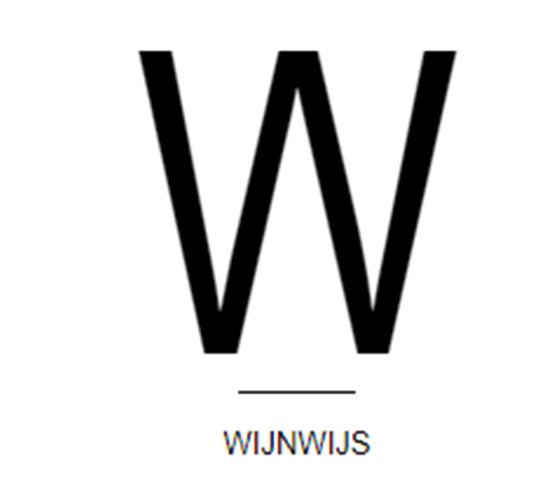My bottle of Château Cheval Blanc 1988 arrived at the Sylvie's auction house. There, it is carefully examined by professionals. They examine the color of the wine, the level of wine in the bottle (the wine evaporates over time), the condition of the capsule and the label. If in doubt, they check if the bottle is not a counterfeit. A few days later, I receive a report: the bottle is authentic, the cap is a little recessed, the capsule is slightly damaged, the label is slightly discolored, the level in the bottle is "base neck" (bottom of the neck of the bottle). On this basis, the price initially estimated is reduced by 10 euros: to 240 euros (low estimate) and 310 euros (high estimate). The minimum price is set at 230 euros: the wine will not be sold for a lower amount.
A month later, I receive the catalog of the sale, which will last two days. No less than 2,155 lots are auctioned, many of which include more than one wine: champagnes, Bordeaux wines, Burgundy, Côte Rôtie, Hermitage, Châteauneuf-du-Pape, Barolo, Chianti, Brunello di Montalcino, Rioja and Ribera del Duero, from Germany and California, cognac, whiskey, port and even Trappist from Westvleteren. My wine carries lot number 844 and will be sold on the first day. My presence as a seller is not mandatory, but for the benefit of this article, I prefer to be present.
On the ground floor all the wines sold at auction are exposed, with the lot numbers around the neck of the bottle. I see my bottle among many other great wines.
The auction room is located on the first floor. On the second floor there is a toilet and a room where biscuits, fruit, water and coffee are offered. The first day, 1,241 lots are auctioned: at approximately 200 lots per hour, the sale will last 6 hours.
There are only a dozen bidders in the room. But most price offers have already arrived by letter, mail or website. Five Sylvie's employees are also ready to receive offers over the phone. An app is under development to bid by this way. A bailiff is watching everything.
The first auctioneer is the owner Aart Schutten himself. He alternates with someone else every hour, because the work requires a lot of concentration and vigilance. Schutten mentions the highest price he received in writing or online. If no one in the room or on the phone raises the price, the wine is sold for that price. It goes very fast, lot per lot. If the offer does not exceed the predetermined minimum price, the sale will not take place. It's the turn of my wine: I bought it thirty years ago at 8.10 euros, it is sold at 270 euros. A week and a half later, I receive this amount (minus 6% commission) in my bank account. Great, I can buy wine with money.

How to sell wine at auction? (2)
De Standaard Saturday 4th of May 2019 - DS Magazine
http://www.standaard.be/cnt/dmf20190502_04368298
http://www.standaard.be/cnt/dmf20190502_04368298
Back to overview